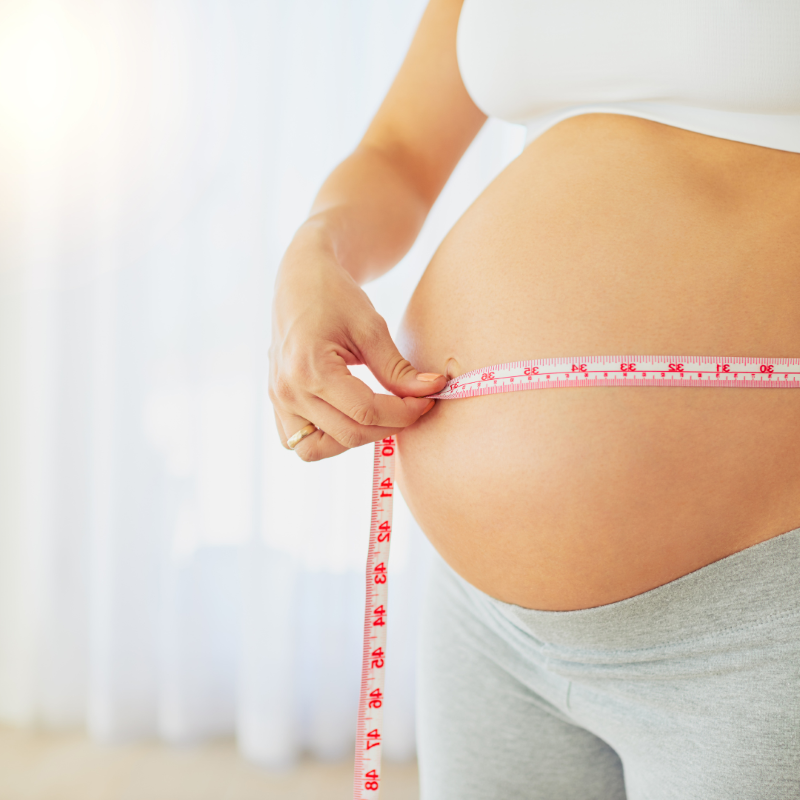Endometriosis – Shannon’s Story of a Hidden Disease
The hidden pain of endometriosis refers to the fact that it often goes undiagnosed or misdiagnosed for years. It’s a chronic condition that affects millions of women worldwide. Shannon is a 21-year old who lived with the hidden pain and confusion of endometriosis until she finally received the diagnosis. Her journey highlights the urgent need for increased awareness and better support for women battling this condition. Shannon Talks About the Silent Struggle Shannon’s teenage years were overshadowed by excruciating menstrual cramps, fatigue, and a constant sense of discomfort. Despite voicing her concerns to multiple doctors, her pain was dismissed as “normal” menstrual symptoms or attributed to stress and anxiety. Shannon, like many other young women, struggled to find answers and relief, as her pleas for help were met with skepticism and indifference. As Shannon entered her early twenties, her symptoms worsened. She found herself frequently bedridden during her periods, unable to participate in social activities or focus on her studies. Endometriosis Unveiled She was determined to find answers. Shannon sought out Cherokee Women’s Health Specialists and met with Dr. Ansley Stone who is well-versed in endometriosis. This marked a turning point in her life. After Dr. Stone conducted a thorough examination and diagnostic tests, Shannon received the long-awaited diagnosis of endometriosis. The condition occurs when tissue similar to the lining of the uterus grows outside the womb, leading to chronic pain, infertility, and a host of other symptoms. Endometriosis affects women of all ages, yet it often remains undiagnosed for an average of 7 to 10 years, causing immense physical and emotional distress. Relief Mixed With Frustration With the diagnosis finally in hand, Shannon experienced a whirlwind of emotions. On one hand, relief flooded over her—she finally had a name for her suffering. On the other hand, she realized the extent to which endometriosis had disrupted her life, from missed opportunities to strained relationships. Shannon’s story resonates with countless others who have faced a similar battle against the unseen foe that is endometriosis. Regaining Her Life With the Right Support Endometriosis is a complex condition that requires a multidimensional approach to treatment. Dr. Stone devised a comprehensive plan for Shannon that included pain management strategies, hormonal therapy, and, as in some cases, surgical intervention to remove the endometrial tissue. With the right support system, Shannon was able to regain some control over her life. Raising Awareness and Empowering Women Shannon’s journey serves as a powerful reminder of the urgent need to raise awareness about endometriosis. Many women suffer silently, unaware that their pain is not normal and that there are treatment options available. It is crucial to find a doctor that has received the education and training to recognize the signs and symptoms of endometriosis, enabling him or her to provide accurate diagnoses and timely intervention. Furthermore, society must foster an environment of understanding and support for women battling this condition. By debunking the misconceptions surrounding endometriosis, we can empower women to seek the help they deserve and encourage research into better treatments, diagnostic tools, and ultimately, a cure. Shannon helps to shed light on the often-overlooked pain and suffering caused by this chronic condition. It’s important to raise awareness, advocate for improved healthcare, and support those living with endometriosis. Together, we can bring an end to the silent struggle and ensure a brighter future for women like Shannon. Our OB/GYNs are Women’s Health Experts If you’re experiencing pain or cramps or suspect something besides ‘normal’ period pain, call us at 770.720.7733 or request an appointment online. Our physicians are here to help.













